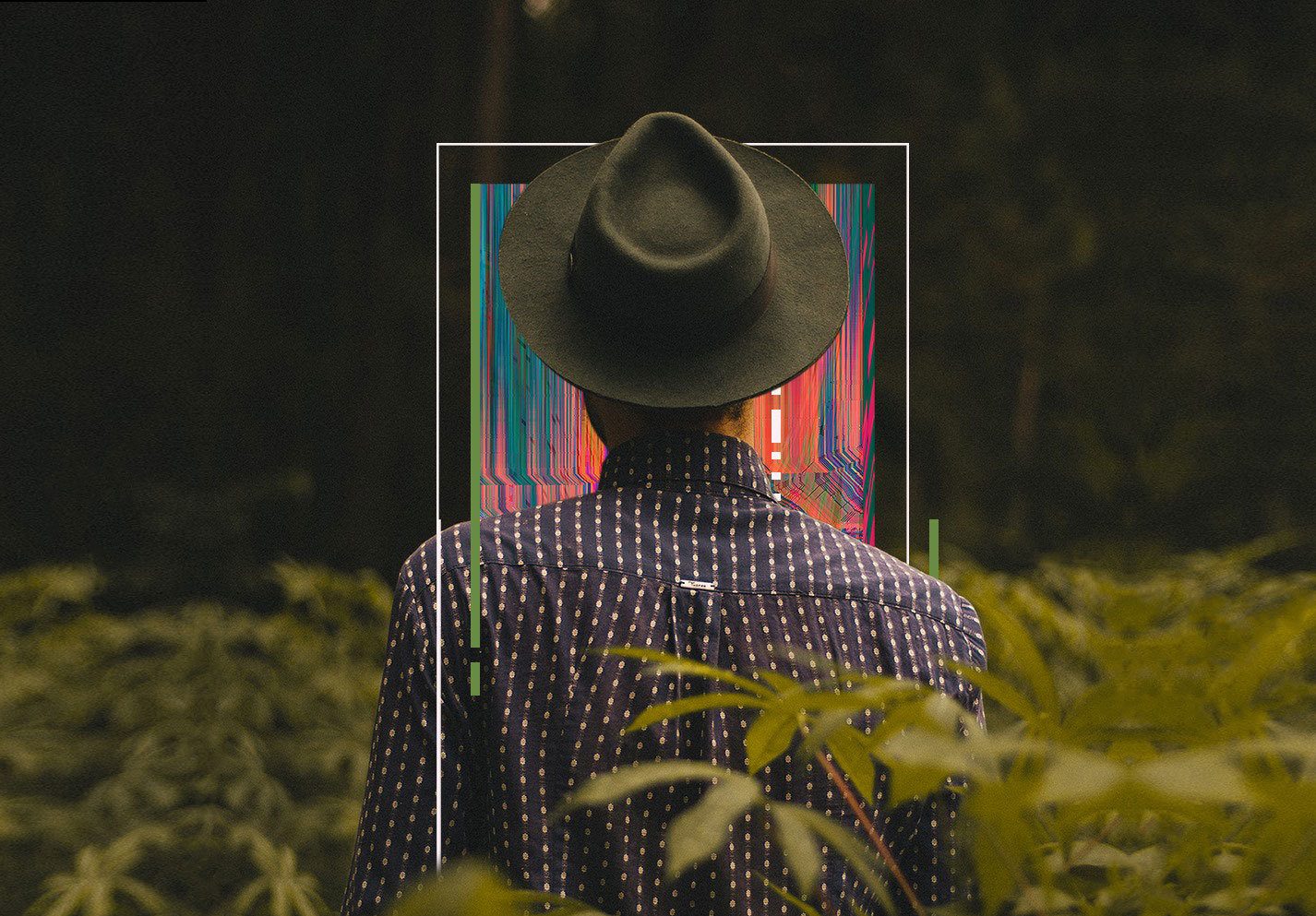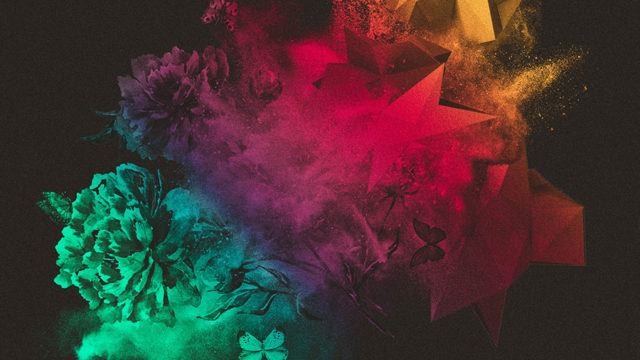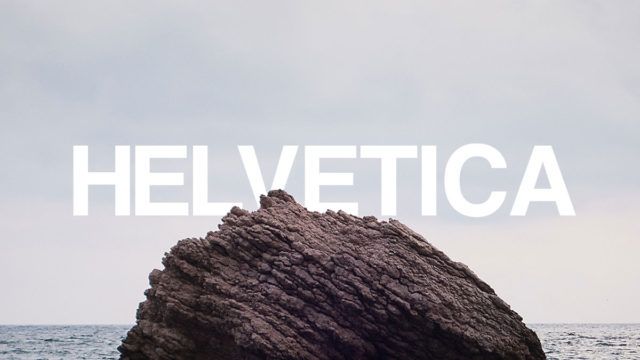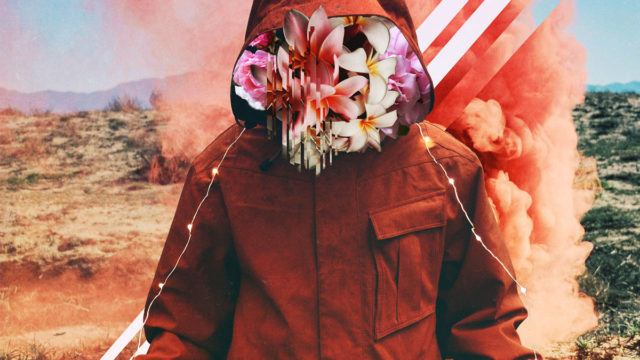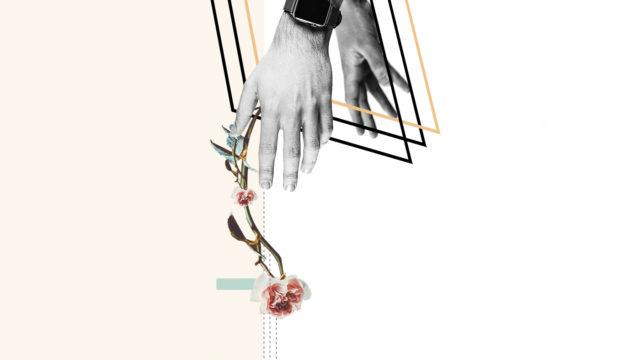Let’s Talk Process.
For all of those who have hired a designer to do some work … A logo? Brochure? Maybe a website? How often have you heard, “Ok, give me a few weeks and I’ll come back with some options.” Week one goes by, week two, week three goes by! Then finally, CONTACT! However, the three rough drafts presented are nothing like what you had in mind. So you reluctantly start over again. And thus starts the vicious cycle resulting in a big invoice paired with a mediocre result.
This scenario plays out all too often. Twenty some years ago, when I first started to make a living off design, this is exactly the lesson I learned … the hard way. After having worked with a few Venice designers and going through the gauntlet with big agencies, I was finally exposed to some “correct” approaches to the creative process. However, none were perfect. It shouldn’t be that hard, and I was surprised to find that I had not crossed paths with anyone, large or small, pro-bono or outrageously expensive that had figured it out. Especially considering the cost, time and levels of frustration involved. So I finally just connected all of the obvious dots and created one for myself. Ten years of using this same process and it has yet to fail me.
So you want to know what it is? Just fill out the contact form with your full name, address (with zip code), cell phone, social security number and mother’s maiden name and we will get that right over to you!
Never mind all that, we trust you.
It’s difficult to encapsulate the entire process because each exercise is different based on the client, the industry and what type of creative project it is. Obviously, a logo project is quite different from a UI/UX design. But I’ll outline a few of the basics that are congruent through most exercises.
Phase 1.0: The Brain Dump
The Brain Dump is the most fun and often is as beautiful and compelling as the final result. In fact, there was one instance where the brain dump actually became the brand creative for the entire project! Before this happens, some general discussions are had on what the project is, who it is meant to attract and some creative guidelines, likes and dislikes. Always before starting, we have a strong inclination for where this is going (**Critical**).
So the brain dump is as wide as the funnel goes. It includes some competitive research, pages of like or similar design concepts and pages upon pages of visual ideas. Fonts, colors, design styles, photography, etc, etc, etc. Anything that may be relevant, in any way to the final design. Good or bad, like it or hate it. We also like to make the presentation as compelling as possible since this is the very first glimpse of a burgeoning brand, so it needs to be beautiful from the start!
Phase 2.0: Preferences
1.0 is culled through with the client IN PERSON! From here we refine. Take out the bad, accentuate the good and try to get down to about 3 boards that visually say, “This is who we are”! Sometimes this takes a few steps, but the end result should be a poster hanging on the wall that is referred to often. If it doesn’t feel at home on that board, it has no place in the brand. Lightning is in the bottle at this point.
Phase 3.0: Drafts
The previous phases ensure us that we are on firm creative footing before ever starting. Without it, it’s a crap shoot. Note that we are well into our relationship with the client before pencil hits the paper. In short, with all parties in agreement and using all of the feedback/direction that we have created with Phases 1&2, we can clearly script out the options that we are going to move forward with.
Phase 4.0+
This is where others start, but at this point, we are almost done. The drafts are refined, a favorite is chosen. The final is refined and ultimately agreed upon. Then a brand standard document is made and we are off to creating all of the collateral!
The important thing to realize is that this is a linear process. On rare occasions, we find ourselves in 3.0 and the client isn’t sure of the direction. At this point, we can easily rewind back into 2.0, or even 1.0 and demonstrate how we arrived at our creative decisions. This is the critical part. We can demonstrate that TOGETHER we arrived at choosing the aesthetics that drove the process forward. If we need to change direction, ok. But often it is just a simple tweak or with a little extra massaging, it gets back on track without a full rewind.
This works folks. Take it. Use it. Demand it be used. Or better yet, just reach out and we will happily share more to ensure that your next creative project hits the bullseye with laser focus. Beware of designers, large or small that don’t have a clear creative process that they can explain, demonstrate and sight examples. It’s not rocket science by any means, but our process succeeds in putting a little bit of science to an otherwise completely subjective subject.

